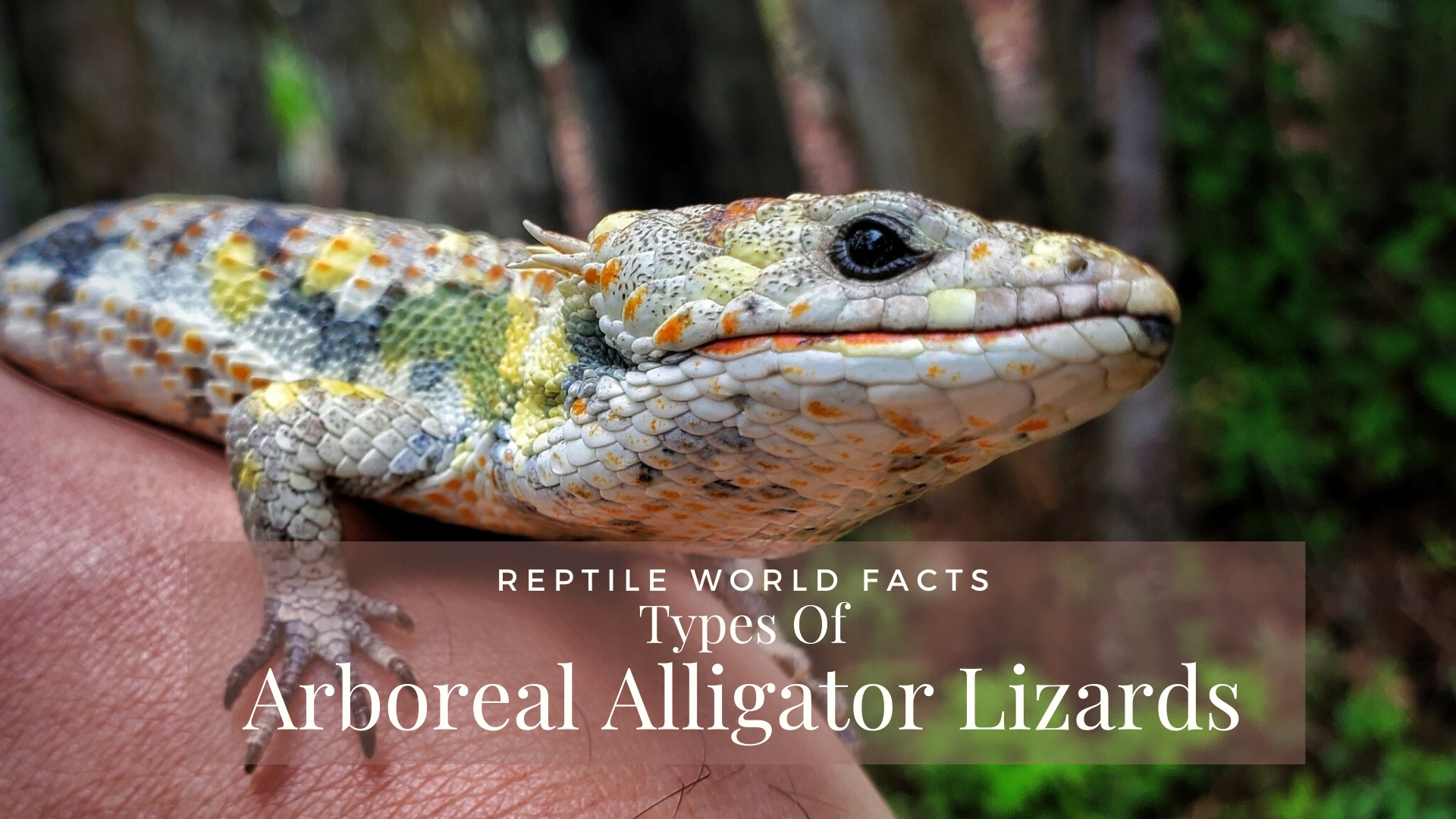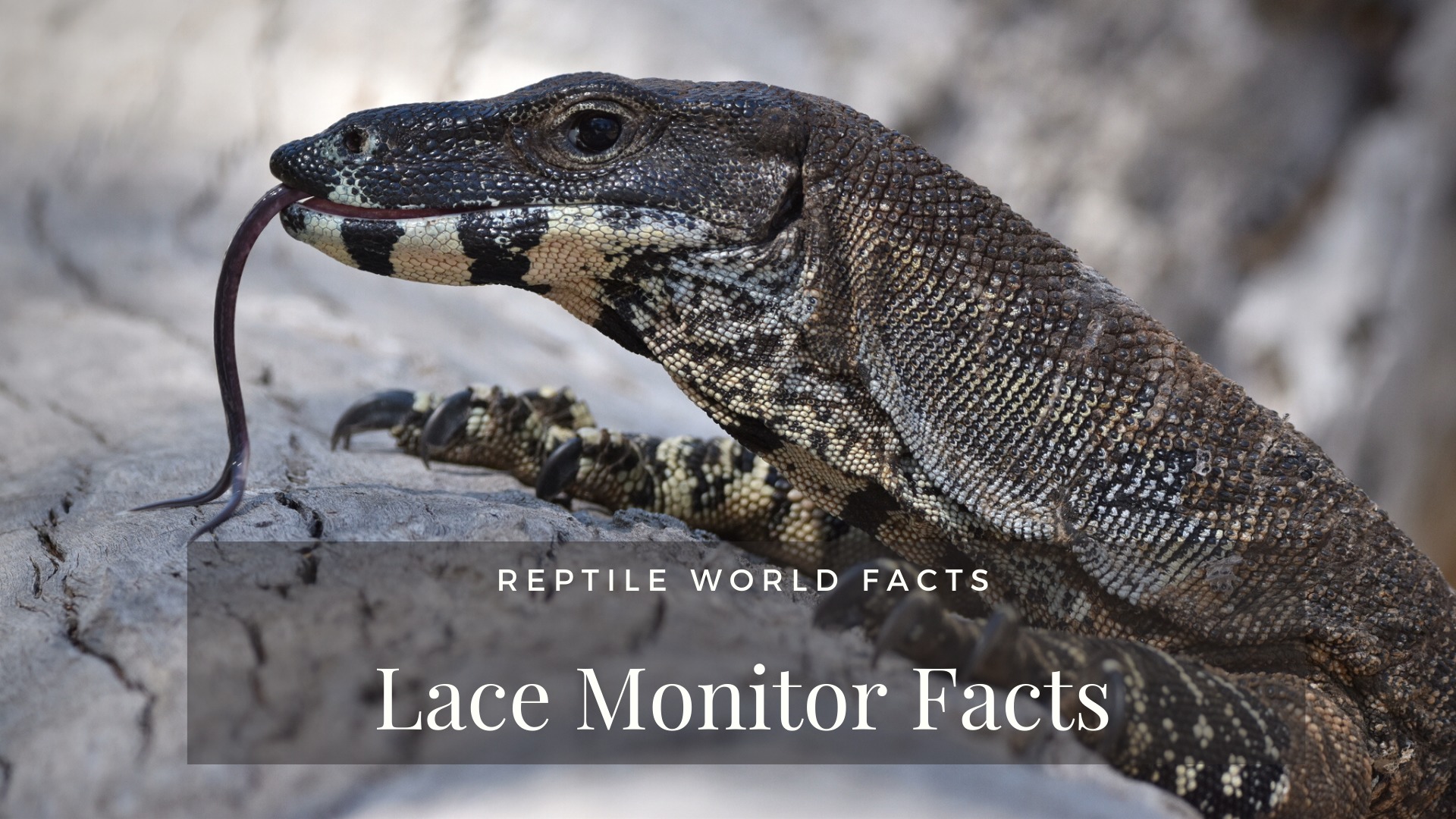The eastern collared lizard is a quirky and bright-colored lizard found throughout Mexico and the south-central United States. They are highly territorial and aggressive, and will highly protect their territory. If you want to learn more about these fascinating lizards, keep reading!
Banner Photo: Source
Quick Facts
Scientific Name: Crotaphytus collaris
Common Names: Eastern Collared Lizard, Oklahoma Collared Lizard, Collared Lizard, Common Collared Lizard
Geographic Range: Mexico and the South-Central US
Life Span: 10+ years
Conservation Status: Least Concern
Top 11 List – Common Collared Lizard
1. Eastern Collared Lizards Can Run Upright on Their Hind Legs
Unlike most lizards that run on all four of their legs, the eastern collared lizard is known for its bipedal locomotion, meaning they can run on their two hind legs. They are able to run surprisingly fast like this, up to 24 km/h (15 mph). It is thought that they mainly run like this in order to escape from predators. Unlike some other lizards, they also do not drop their tail, as they use their tail for balance and to maintain momentum when running. Their strong hind legs, which are 3 times longer than their front legs, allow them to run upright as well as easily leap from rock to rock.
2. They Prefer Dry Rocky Habitats With Sparse Vegetation
Eastern collared lizards prefer to live in areas that are dry with higher temperatures and have sparse vegetation. Often they are found near boulder-strewn hillsides and rocky outcrops, as they like to hide, sleep, and hibernate in the cracks of the boulders.
3. Male And Female Collared Lizards Have Different Coloring

Source
These colorful lizards can grow anywhere from 20 – 38 cm (8 – 15 inches) in length, with over half of that length being their tail. They have large heads, powerful jaws, and long, strong hind legs. Eastern collared lizards are sexually dimorphic, meaning that the males and females have different appearances. Males are much brighter than females, with their bodies being a mix of tans, blues, and yellows, and a bright yellow or orange head. They also have various speckles, spots, and bars on their bodies. Males are also larger than females, with more muscular and bigger heads. Females are less colorful and are usually light brown or tan in color. The exception to this is during the breeding season when they develop bright orange side spots and bars. Both male and female collared lizards have two prominent black bars across the tops of their necks and shoulders.
4. Their Common Name Is Due To 2 Black Lines On Their Necks
Eastern collared lizards get their name from the two black stripes that are located around the top of their necks and shoulders that almost resemble a color (the stripes do not cross the bottom of the throat). The specific name collaris comes from the Latin word collaris, which means collar. This again refers to the two black bands across the lizard’s neck.
5. Eastern Collared Lizards Are Insectivorous and Carnivorous
Eastern collared lizards are mainly insectivorous and carnivorous. Their diet is made up of crickets, grasshoppers, spiders, moths, beetles, cicadas, small lizards, and even small snakes. While their diet may occasionally include plant matter, it is not their preferred food. Collared lizards don’t have huge stomachs, and there is not enough space in there for them to be able to eat enough plants to get enough nutrients and maintain their weight. The majority of their diet will depend on what is abundant in their specific area. While hunting, they will stalk their prey, and slowly wave their tail in a cat-like fashion before grabbing it.
6. They Tend To Be Most Active During The Daytime
Eastern collared lizards are diurnal and are most active during the warmest parts of the day. As reptiles don’t produce their own body heat, they spend a good chunk of time basking on rocks to maintain their body heat. Males tend to be more active than the females, as the males are highly territorial and spend more time chasing, fighting, and courting, while females tend to exhibit more foraging and basking behaviors.
From around October to March or April, they will hibernate under rocks and in burrows. They do this to escape the cold winter months and conserve energy. Reproduction hormones also awaken while they hibernate, helping them to be ready for breeding season once they awaken.
7. Eastern Collared Lizards are Independent As Soon As They Hatch
Courting rituals and mating takes place from spring to early summer. Male eastern collared lizards will approach a female while rapidly bobbing their head. They will then both circle each other while bobbing their heads. After that, the male will try to mate with the female, and she will either accept him or reject him by rolling him off of her.
After mating the female will lay a clutch of 3 – 8 eggs one or two times a year, in an underground burrow underneath rocks or loose sand. She will then aggressively defend the nest. After 53 – 94 days the eggs will hatch, and out pops hatchling collared lizards that are around 3.8 cm (1.5 inches) in length, not including their tail. They are independent as soon as they hatch, and receive no care from their parents.
8. Male Eastern Collared Lizards Are Extremely Territorial


Male eastern collared lizards are extremely territorial and will try to monopolize as many females as possible. They will viciously defend their territories through aggression, patrolling activities, and displays of anger. Fighting takes up a lot of energy and has a large risk of injury, so if possible they will try to partake in social displays instead, like doing push-ups and extending their dewlaps. If necessary they will chase or attack the other male if they will not back down.
9. They Are Oklahoma’s State Reptile
In 1969 Oklahoma named the eastern collared lizard as their official state reptile. In fact – they were the first state to ever name a state reptile. Since then, 27 other states have named an official reptile, making for a total of 28. In Oklahoma, they are sometimes referred to as the “mountain boomer” as it was mistakenly thought that they emitted a sound that echoed through the mountain valleys. However, it couldn’t have been the collared lizard making those sounds, as they don’t really make any noises.
10. Eastern Collared Lizards Have 5 Subspecies

Photo Source

Photo Source

Photo Source
Eastern collared lizards have 5 different subspecies that have been described from 1823 – 1995. The 5 Subspecies are:
- Crotaphytus collaris collaris (1823)
- Crotaphytus collaris baileyi (1890)
- Crotaphytus collaris auriceps (1951)
- Crotaphytus collaris fuscus (1971)
- Crotaphytus collaris melanomaculatus (1995)
11. Common Collared Lizards Are Occasionally Mistaken For The Desert Collared Lizard

Photo Source

Photo Source
The eastern collared lizard (Crotaphytus collaris) is often mistaken for the desert collared lizard (Crotaphytus bicinctores). Desert collared lizards are found throughout the western United States, and some of their areas overlap with the eastern collared lizard’s range. It makes sense that they are similar to each other, as they are both parts of the genus Crotaphytus, which are commonly referred to as collared lizards. They are similar to each other in shape and size, however, the desert lizard lacks the bright colors of the eastern collared lizard.
—
Enjoy this article? Share it with your friends using the links below! Also, leave a comment below and let us know what you think. Thanks for reading!








